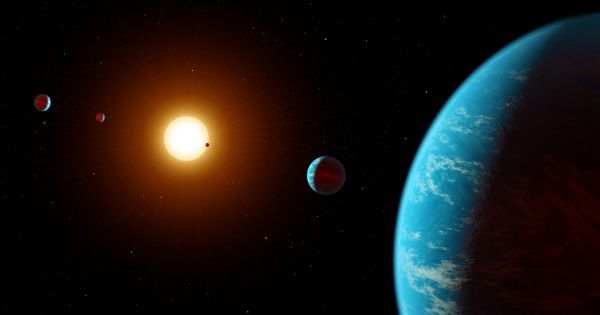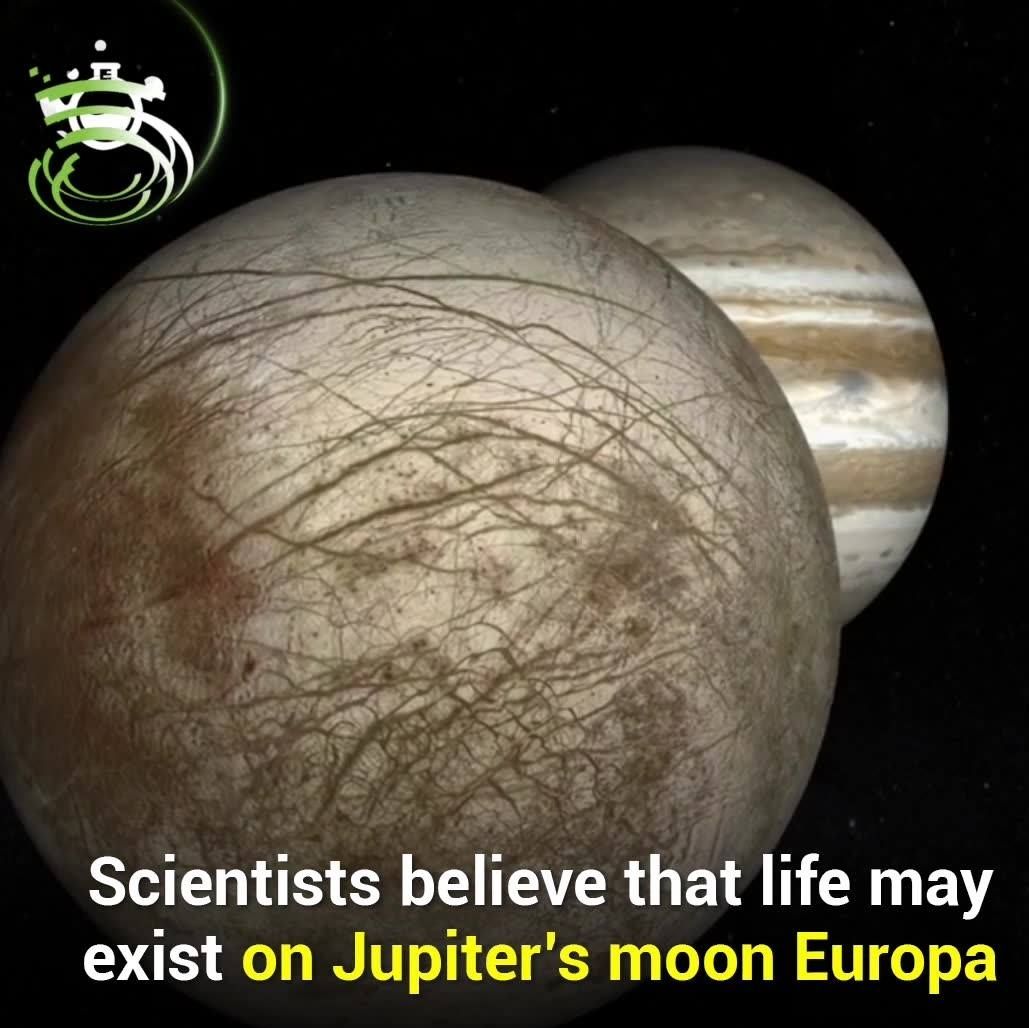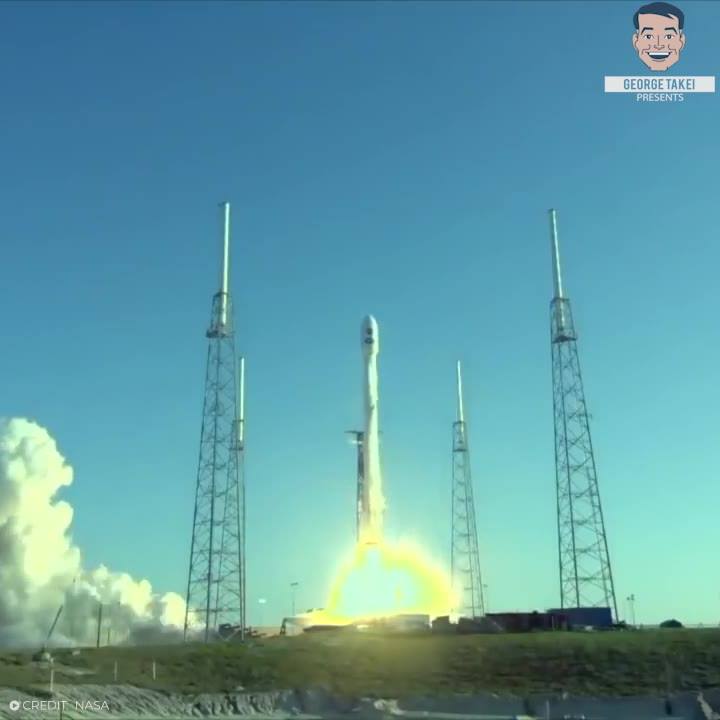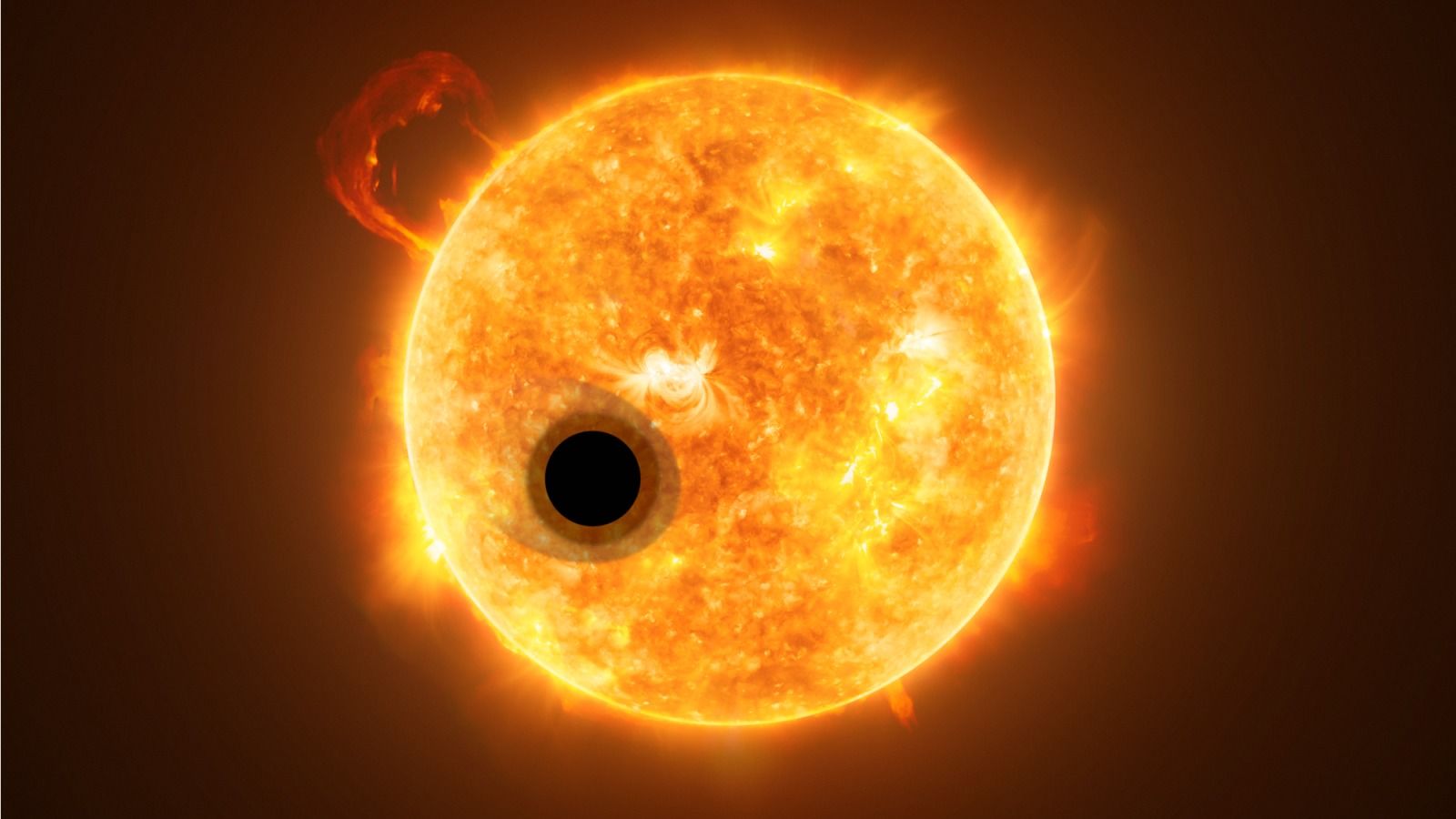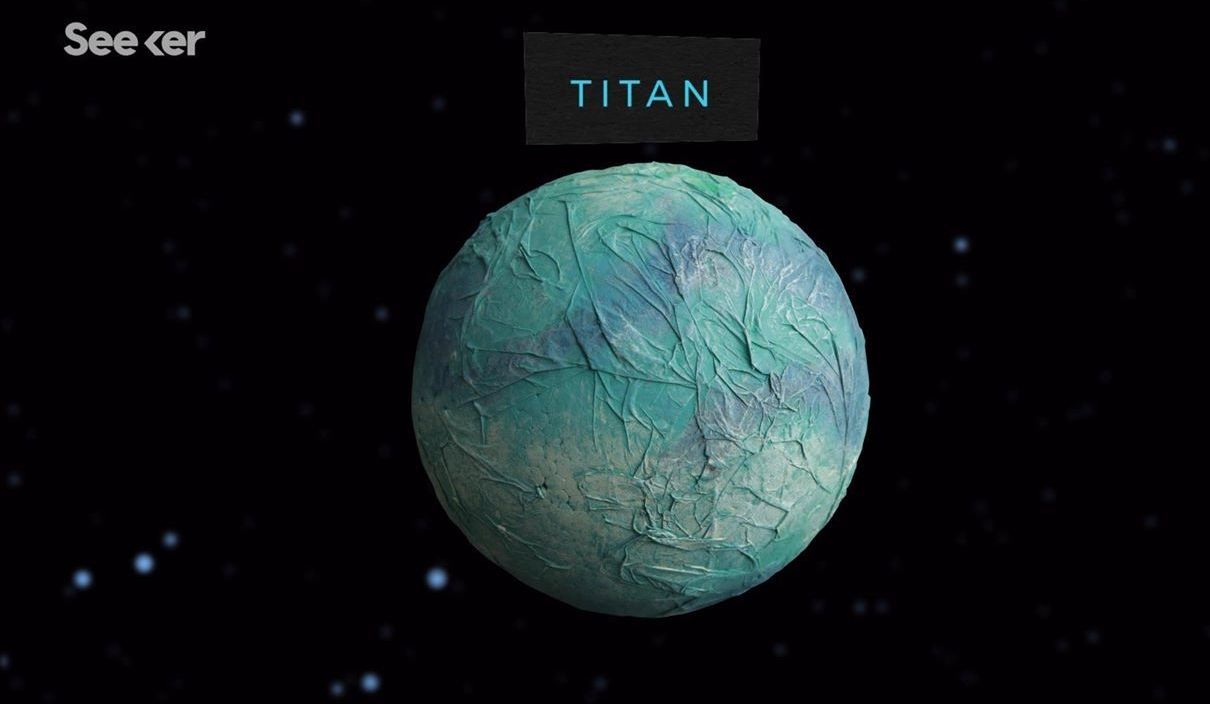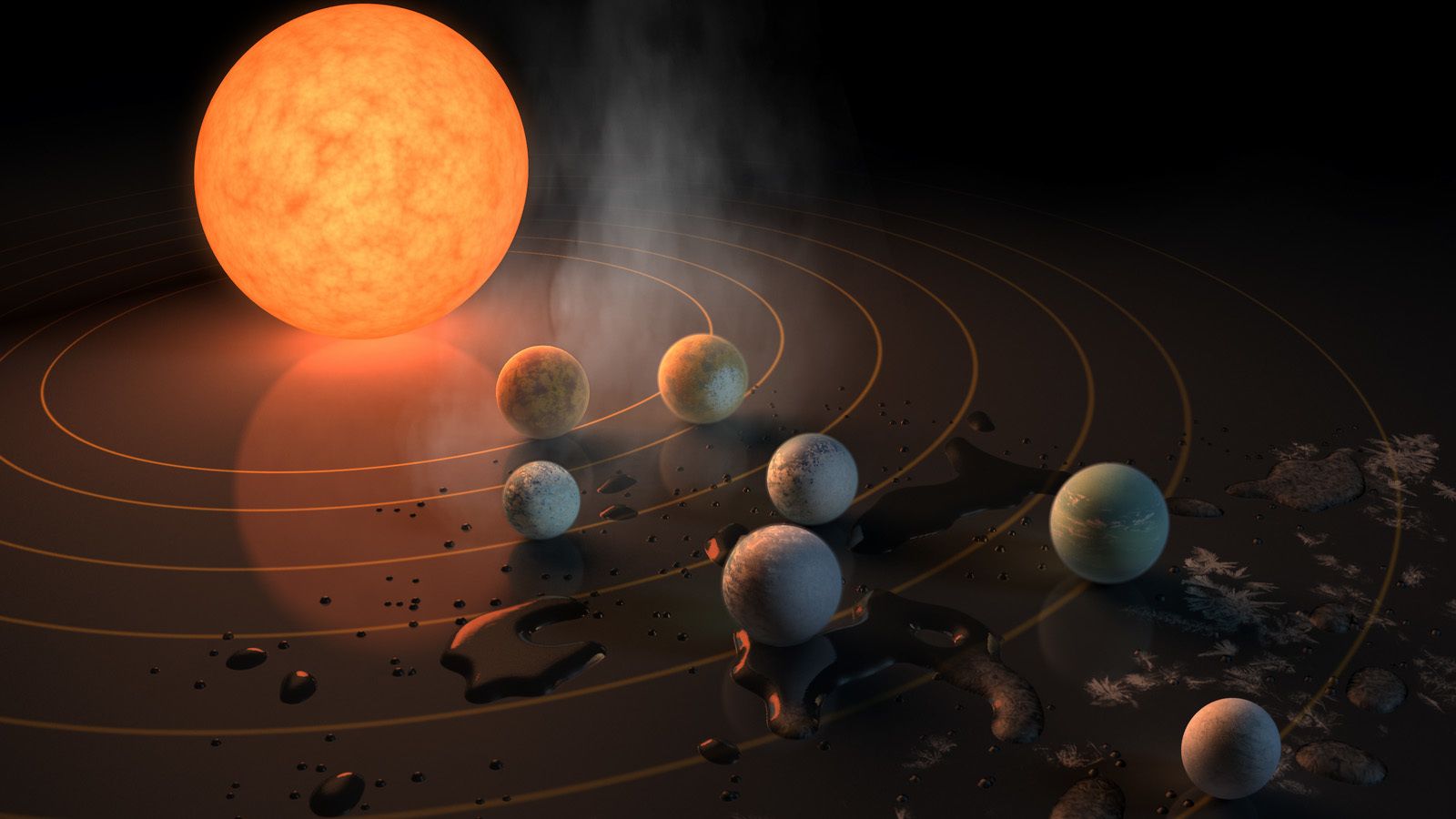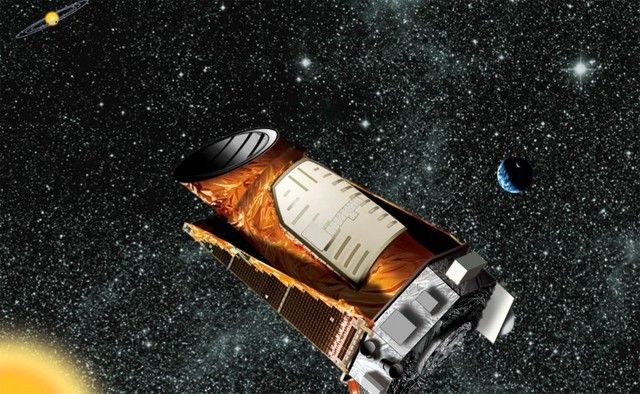Jun 7, 2018
Now Anyone Can Hunt For Exoplanets
Posted by Michael Lance in categories: alien life, robotics/AI
To find new exoplanets, just turn to Google.
Last year, an artificial intelligence (AI) network, equipped with data from the Kepler space telescope, discovered two new exoplanets. Now, citizen scientists looking to support discovery at home can use the exoplanet-hunting neural network — Google plans to make it open source, a Google engineer announced recently in a blog post.
Exoplanets are difficult to find and harder to directly observe – most of the time scientists only know these celestial bodies exist when they block some light from their closest star. To help scientists learn more about exoplanets, including those in the “Goldilocks Zone” (the “just right” zone in which planets are most likely to host life), NASA launched the Kepler spacecraft in 2009. Its mission: make observations that might lead to the discovery of exoplanets.
